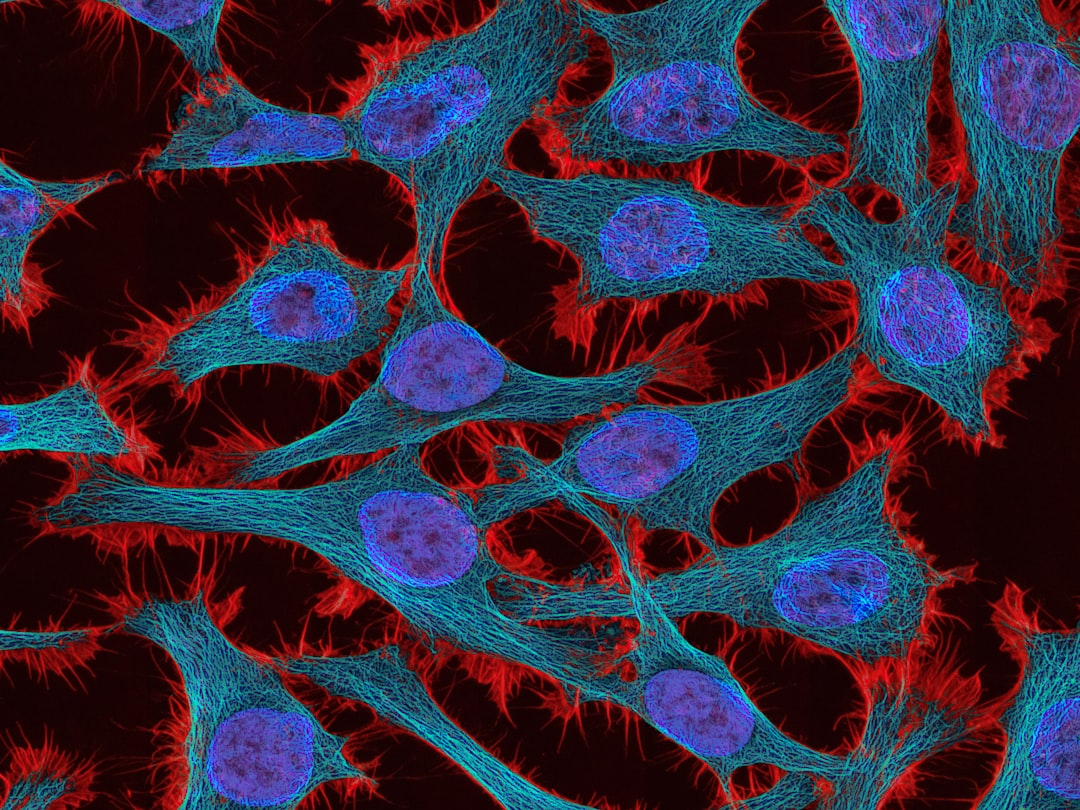What is it about?
The NASA Magnetospheric Multiscale mission has made in situ diffusion region and kinetic-scale resolution measurements of asymmetric magnetic reconnection for the first time, in the Earth’s magnetopause. The principal theoretical tool currently used to model collisionless asymmetric reconnection is particle-in-cell simulations. Many particle-in-cell simulations of asymmetric collisionless reconnection start from an asymmetric Harris-type magnetic field but with distribution functions that are not exact equilibrium solutions of the Vlasov equation. We present new and exact equilibrium solutions of the Vlasov-Maxwell system that are self-consistent with one-dimensional asymmetric current sheets, with an asymmetric Harris-type magnetic field profile, plus a constant nonzero guide field. The distribution functions can be represented as a combination of four shifted Maxwellian distribution functions. This equilibrium describes a magnetic field configuration with more freedom than the previously known exact solution and has different bulk flow properties.
Featured Image
Why is it important?
Magnetic reconnection is a fundamental phenomenon in space science and is currently a subject of intense study. During a reconnection event, stored energy that had been bound up in stressed electromagnetic fields is released in the form of heat and the kinetic energy of particles. The NASA MMS mission is currently making measurements of these phenomena in the Earth’s Magnetosphere, with unprecedented levels of accuracy and resolution. Our work presents a theoretical model of a structure in space known as an asymmetric current sheet such as the MMS mission encounters during a reconnection event. The model can be implemented into computer simulations, with which to compare to the results from MMS satellite data. This will help us understand the fundamental physics of asymmetric magnetic reconnection.
Read the Original
This page is a summary of: Exact Vlasov-Maxwell equilibria for asymmetric current sheets, Geophysical Research Letters, September 2017, Wiley,
DOI: 10.1002/2017gl074168.
You can read the full text:
Contributors
The following have contributed to this page










